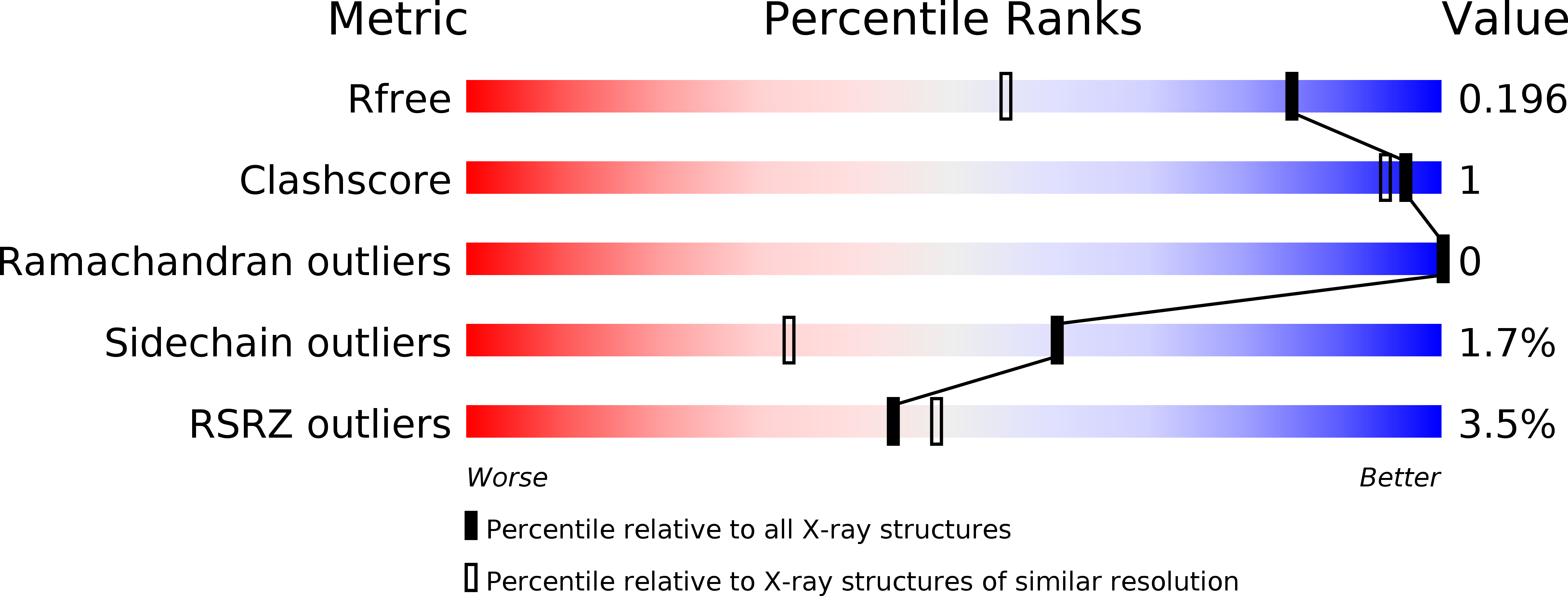
Deposition Date
2016-07-14
Release Date
2017-01-11
Last Version Date
2024-01-10
Entry Detail
Biological Source:
Source Organism:
Rhizobium radiobacter (Taxon ID: 358)
Host Organism:
Method Details:
Experimental Method:
Resolution:
1.50 Å
R-Value Free:
0.19
R-Value Work:
0.17
R-Value Observed:
0.17
Space Group:
P 31 2 1


